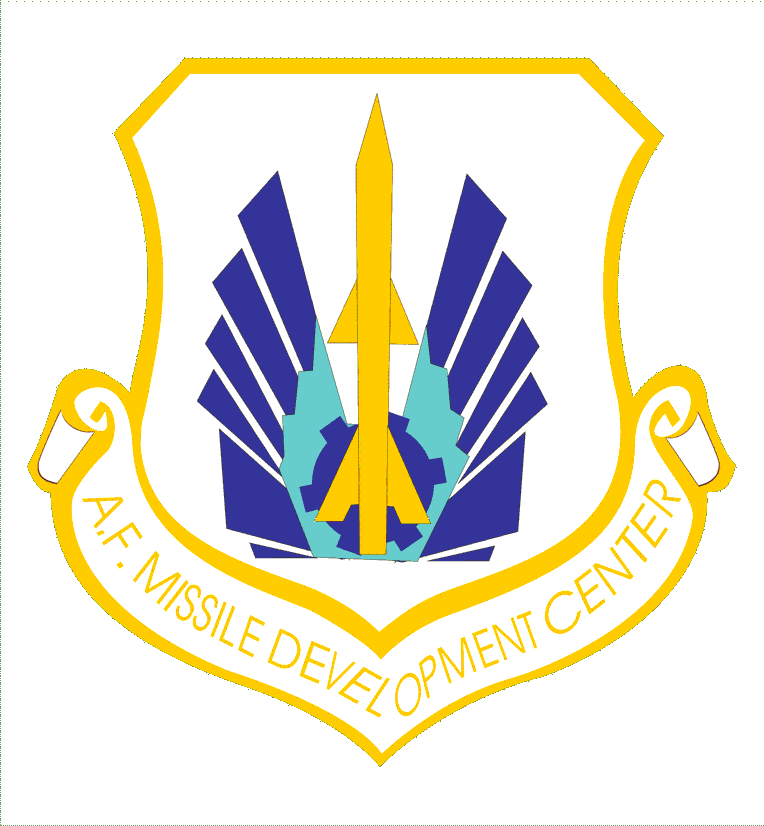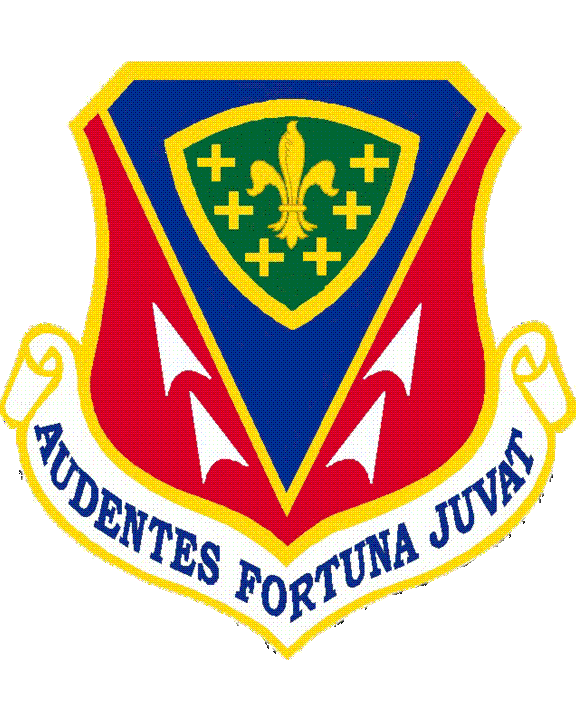

 |
 |

359th Base HQ
and Air Base Squadron
Jun 10, 1942
- Mar 24, 1944
231st
AAF Base Unit
Mar 25, 1944 -
Mar 15, 1947
4145th AAF
Base Unit
Mar 16, 1947 - Sep 20, 1949
2754th
Experimental Wing
Sep 20, 1949 - Jun 30, 1951
6540th Missile
Test Wing
Jun 30, 1951 - Sep 1, 1952
6580th Missile
Test Wing
Sep 1, 1952 - Oct 1, 1953
6580th Test
Support Wing
Oct 1, 1953
- Sep 1, 1954
Sep 1, 1954
- Feb 1, 1955
6580th Air
Base Group
Feb 1, 1955
- Aug 1, 1970
49th Combat
Support Group
Jan 1, 1971
- Oct 1, 1981
833rd Air
Division
 |

 |
 |
 |
 |
 |
 |
 |
 |
 |
For comments, corrections and suggestions....
My guest book is on the main page.